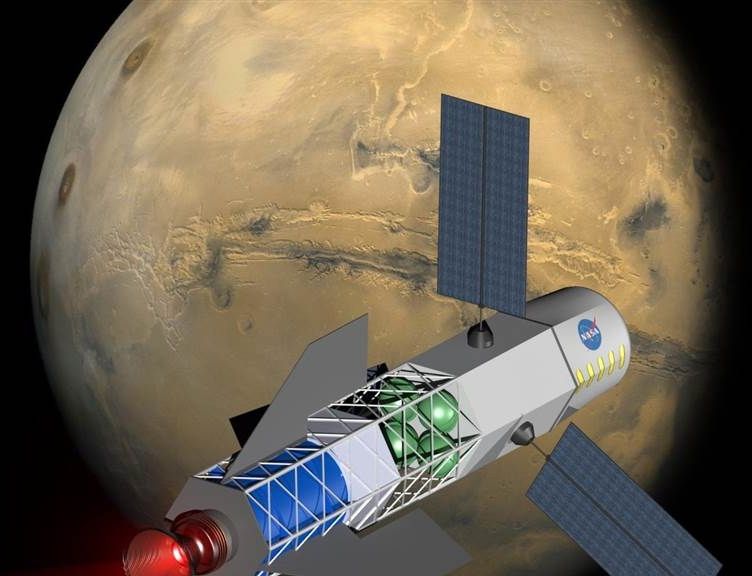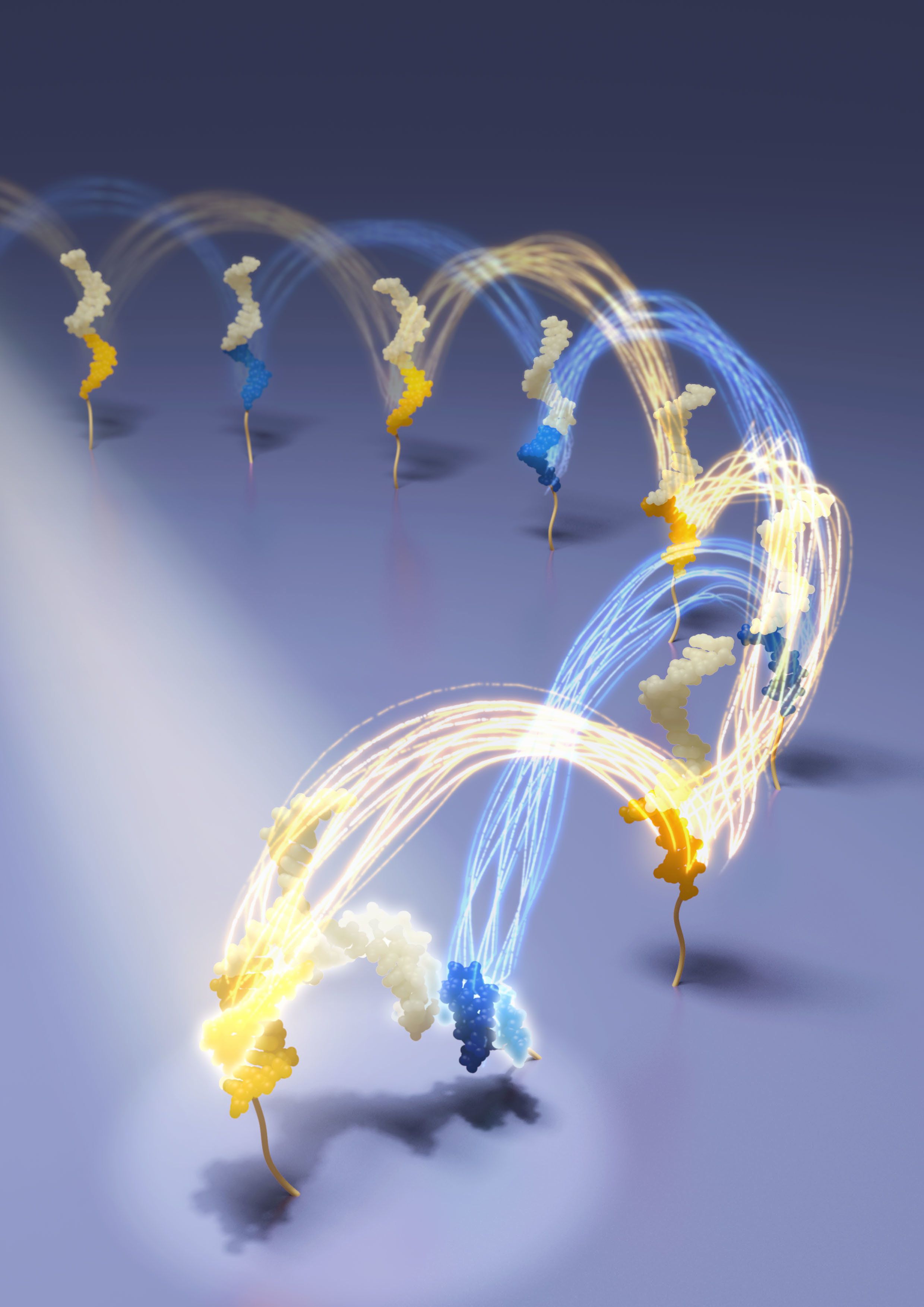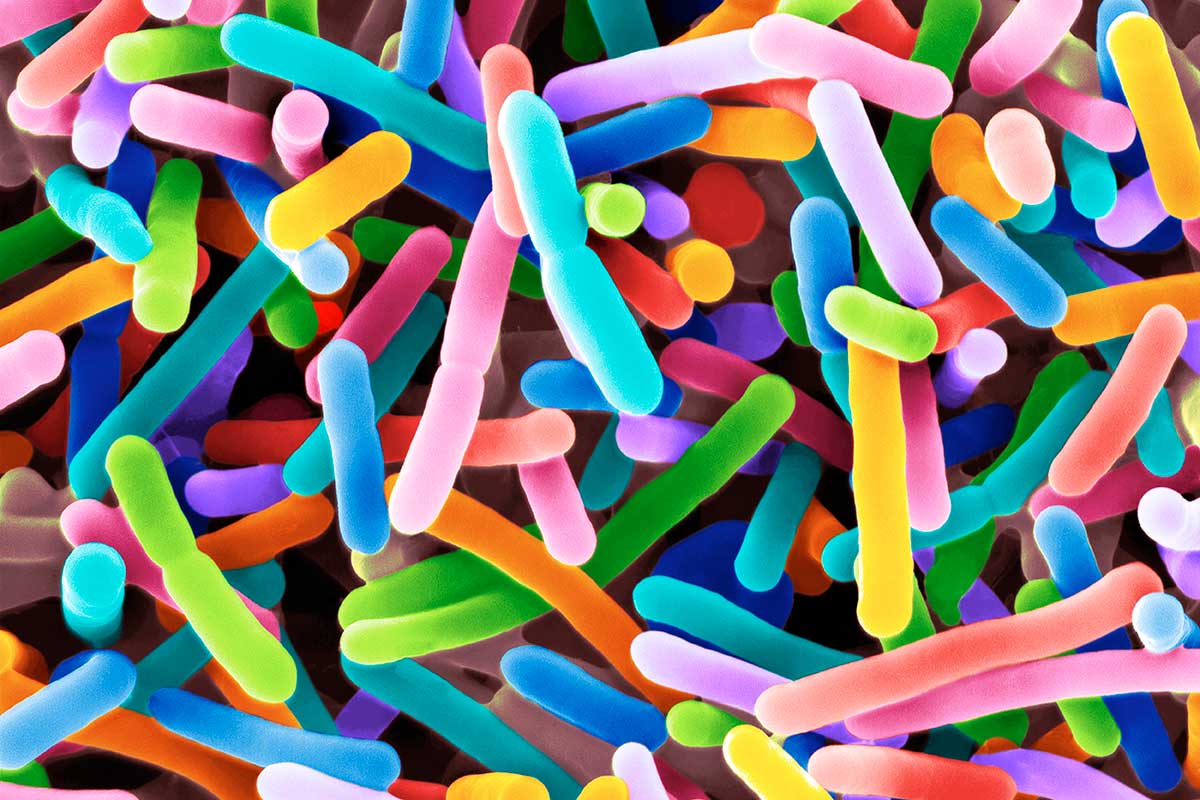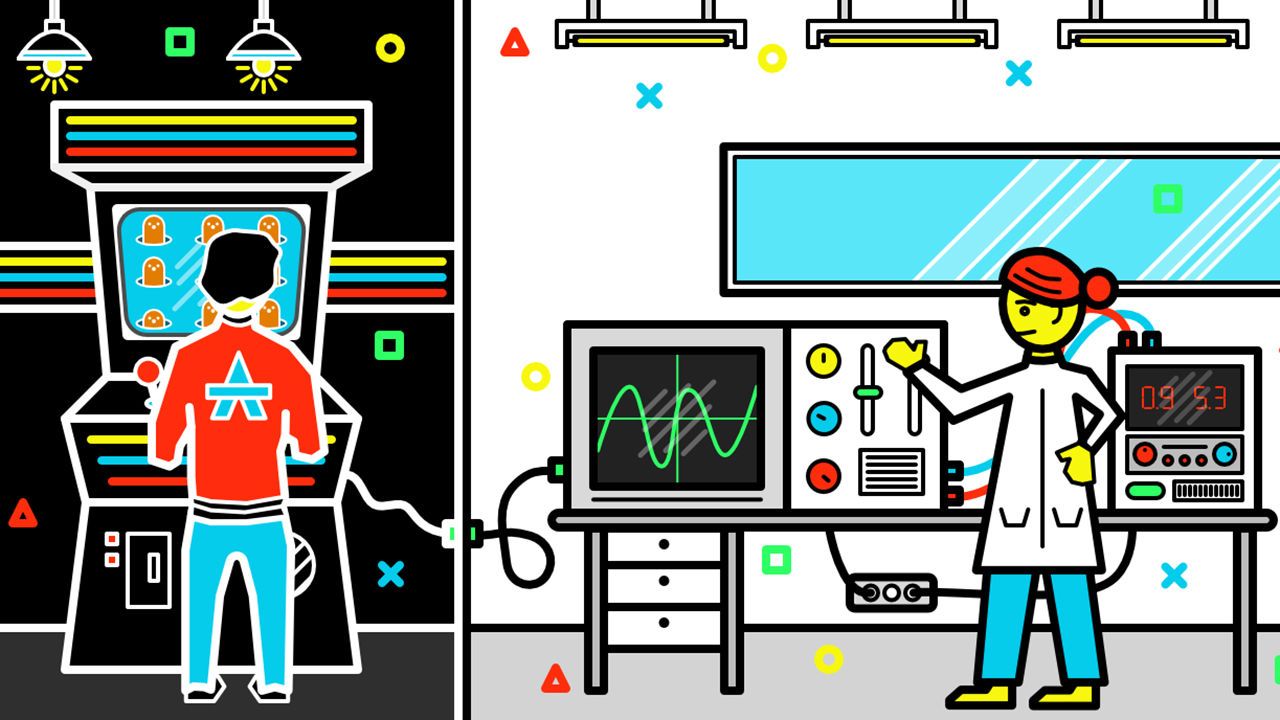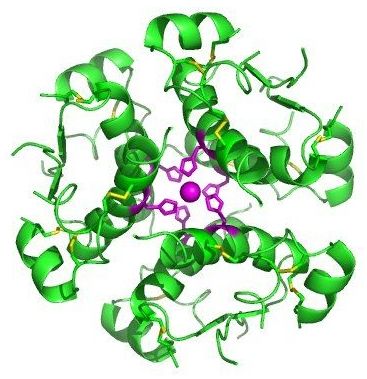Page 9720
Jun 23, 2018
Built for speed: DNA nanomachines take a (rapid) step forward
Posted by Ian Hale in categories: biotech/medical, mathematics, nanotechnology, robotics/AI
The smallest Imperial Walker to ever attack the rebel alliance.
When it comes to matching simplicity with staggering creative potential, DNA may hold the prize. Built from an alphabet of just four nucleic acids, DNA provides the floorplan from which all earthly life is constructed.
But DNA’s remarkable versatility doesn’t end there. Researchers have managed to coax segments of DNA into performing a host of useful tricks. DNA sequences can form logical circuits for nanoelectronic applications. They have been used to perform sophisticated mathematical computations, like finding the optimal path between multiple cities. And DNA is the basis for a new breed of tiny robots and nanomachines. Measuring thousands of times smaller than a bacterium, such devices can carry out a multitude of tasks.
Continue reading “Built for speed: DNA nanomachines take a (rapid) step forward” »
Jun 22, 2018
Groundbreaking technology successfully rewarms large-scale tissues preserved at very low temperatures
Posted by Nicholi Avery in categories: biotech/medical, engineering
MINNEAPOLIS/ST.PAUL (03/01/17) — A research team, led by the University of Minnesota, has discovered a groundbreaking process to successfully rewarm large-scale animal heart valves and blood vessels preserved at very low temperatures. The discovery is a major step forward in saving millions of human lives by increasing the availability of organs and tissues for transplantation through the establishment of tissue and organ banks.
The research was published today in Science Translational Medicine, a peer-reviewed research journal published by the American Association for the Advancement of Sciences (AAAS). The University of Minnesota holds two patents related to this discovery.
“This is the first time that anyone has been able to scale up to a larger biological system and demonstrate successful, fast, and uniform warming hundreds of degrees Celsius per minute of preserved tissue without damaging the tissue,” said University of Minnesota mechanical engineering and biomedical engineering professor John Bischof, the senior author of the study.
Jun 22, 2018
Will you get sick next flu season? It may depend on how many natural killer cells you have
Posted by Nicholi Avery in category: biotech/medical
Let’s imagine it’s mid flu season, and a stranger at the grocery store sneezes on you.
Wouldn’t it be great to know if you’re destined for weeks of sweats and chills; or if, by the grace of your immune system, you might just make it out unscathed?
Purvesh Khatri, PhD, associate professor of medicine at Stanford, has discovered a biomarker in the blood may be able to do just that. It’s a gene that codes for a protein that lives on the surface of a type of immune cell known as a “natural killer” cell. The findings of the study, published in Genome Medicine, have been in the works for about four years, and it’s the first time (to Khatri’s knowledge) that a biomarker for flu susceptibility has been identified.
Jun 22, 2018
First evidence that gut bacteria help wire young brains
Posted by Genevieve Klien in category: neuroscience
Experiments in mice have shown for the first time that bacteria found in the gut of babies and children seem to play a role in brain development.
Jun 22, 2018
Lab-Grown Neanderthal Minibrains Reveal How They’re Different From Humans‘
Posted by Genevieve Klien in categories: biotech/medical, neuroscience
Scientists used stem cells to grow a miniature model of a Neanderthal’s brain for the first time. The tiny blob of neurons reveals what makes us different.
Jun 22, 2018
Physicists Think the Weather Can Trigger Blackouts in an Unexpected Way
Posted by Genevieve Klien in categories: energy, physics
Renewable resources are great, but they bring a new element of uncertainty to a power grid. This element can lead to failure in surprising ways, according to a new paper.
A team of researchers built a model of power grids that transport electricity from solar and wind power. That means that there are places where the grid receives fluctuating inputs of power, since levels of sunlight and wind and vary.
Jun 22, 2018
Can science-based video games help kids with autism?
Posted by Genevieve Klien in categories: entertainment, neuroscience, science
An expanding arcade of video games takes aim at easing autism traits, from poor visual attention to problems with motor skills, but the evidence of the games’ effectiveness remains limited.
Jun 22, 2018
Kidney cells engineered to produce insulin when caffeine is present in the body
Posted by Manuel Canovas Lechuga in categories: biotech/medical, food, health
A team of researchers from ETH Zurich and the University of Basel in Switzerland and Institut Universitaire de Technologie in France has that found that embryonic kidney cells engineered to produce insulin when exposed to caffeine were able to reduce glucose levels in mouse models. In their paper published in the journal Nature, the group describes their efforts and how well it worked in the mouse models.
People with diabetes suffer from higher than normal levels of glucose in the blood, which can lead to a host of health problems. Current treatments include drugs that make cells more sensitive to insulin, or injection of insulin to make more of it available to cells that need it. In this new effort, the researchers have developed a new way to get more insulin into the body when it is needed most.
Instead of adding insulin externally, the researchers engineered embryonic kidney cells to produce it—but only when they were exposed to caffeine. The team chose caffeine because it has been so extensively studied and because the majority of people consume caffeinated beverages, such as coffee and soft drinks. They point out that caffeine is also a substance that appears very rarely in other foods, making its ingestion easy to regulate. The engineered cells were covered with a material that protected them from the immune system and were then put into a device that was implanted into the abdomens of mice that had been engineered to have diabetes. The researchers note that glucose levels tend to spike after people (and mice) eat sugar or food material that the body converts to sucrose. Thus, the optimal time for giving the mice caffeine would be after eating.
Continue reading “Kidney cells engineered to produce insulin when caffeine is present in the body” »
Jun 22, 2018
Genetic tool could let scientists create new DNA ‘overnight’ that may help humans live forever
Posted by Carse Peel in categories: 3D printing, biotech/medical, genetics, life extension
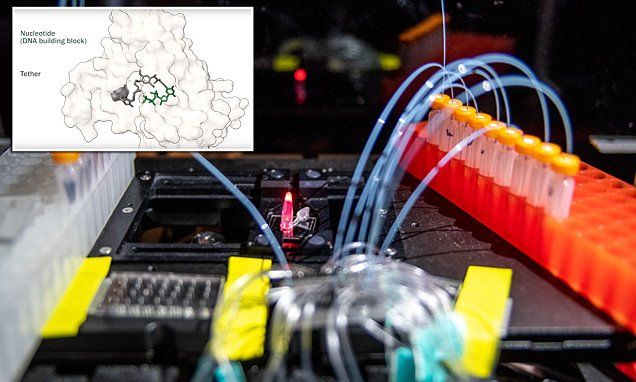
A revolutionary new DNA tool could help take humanity a step closer to eternal life. The device (pictured) pioneers a new technique that makes it cheaper and easier to synthesise genes ‘overnight’, say scientists — a process that normally takes several days.
Scientists at the University of California at Berkeley said it could lead to ‘DNA printers’ in research labs that work like the 3D printers in many modern workshops.
